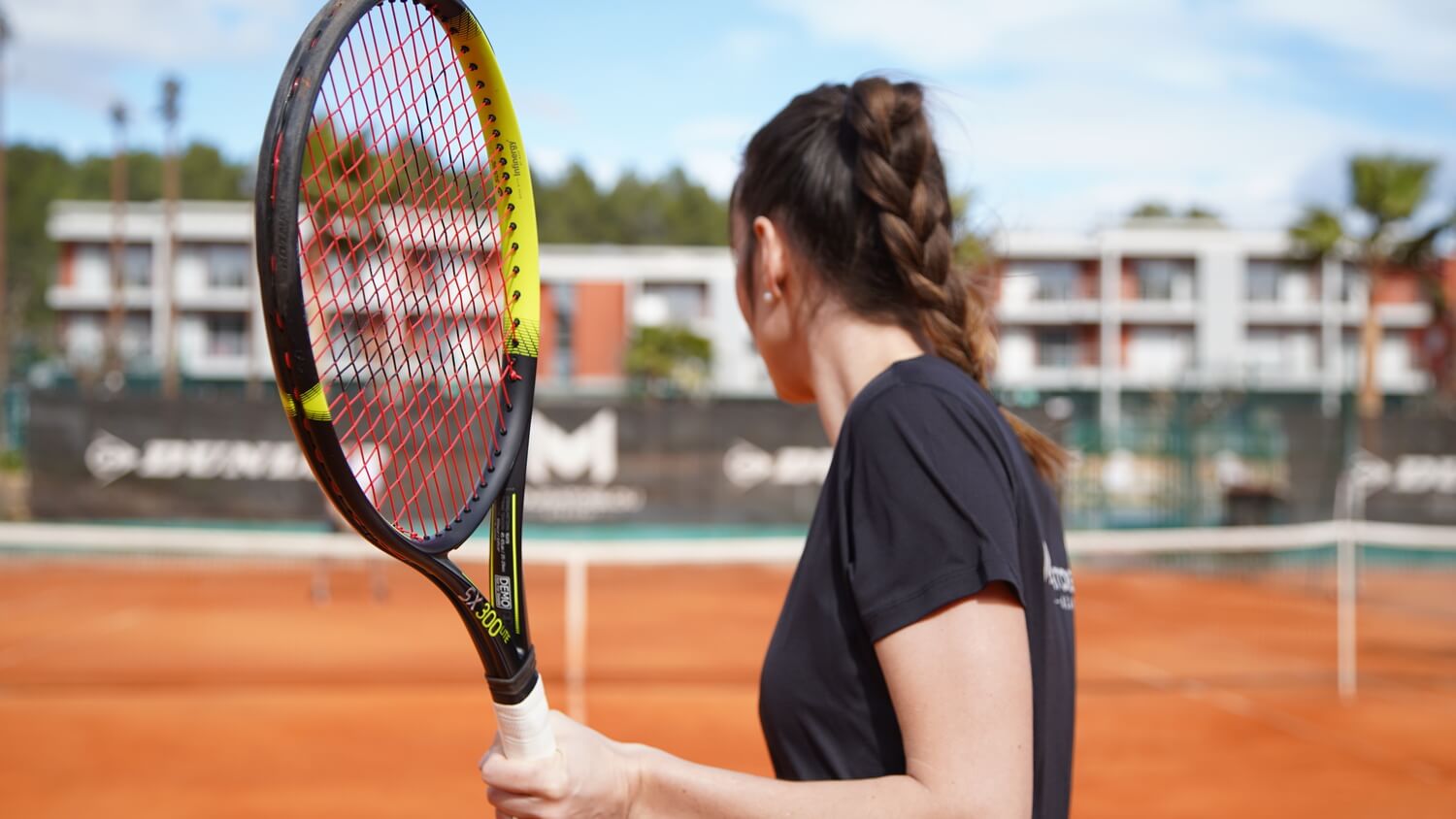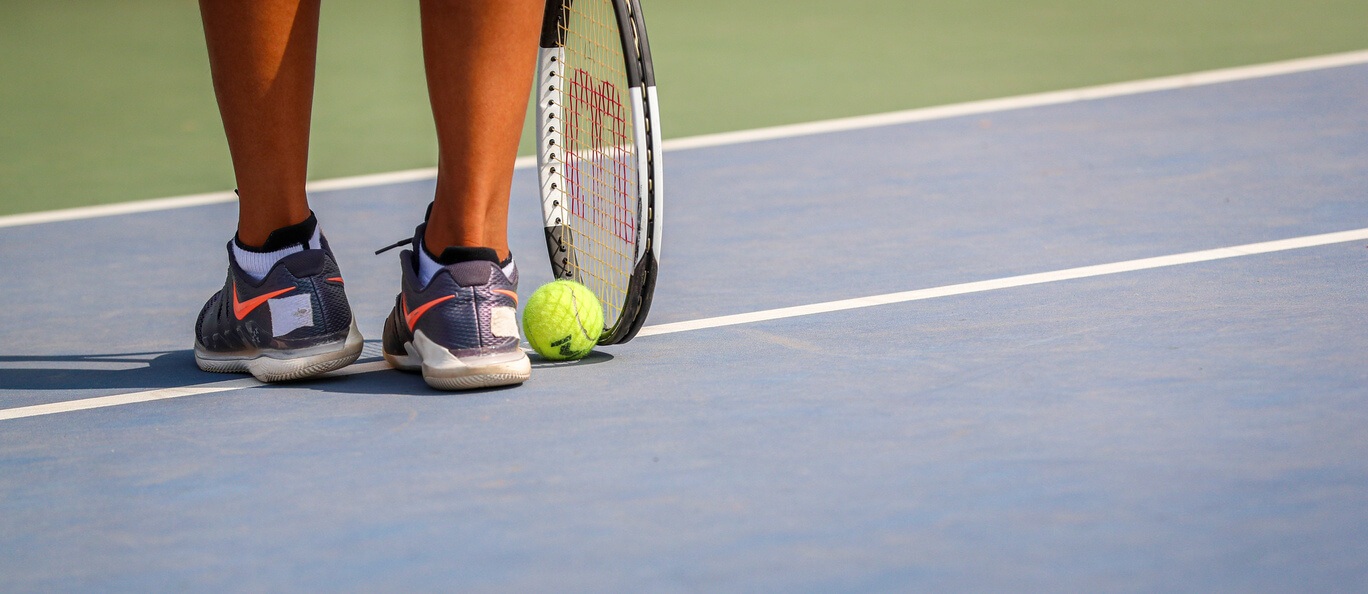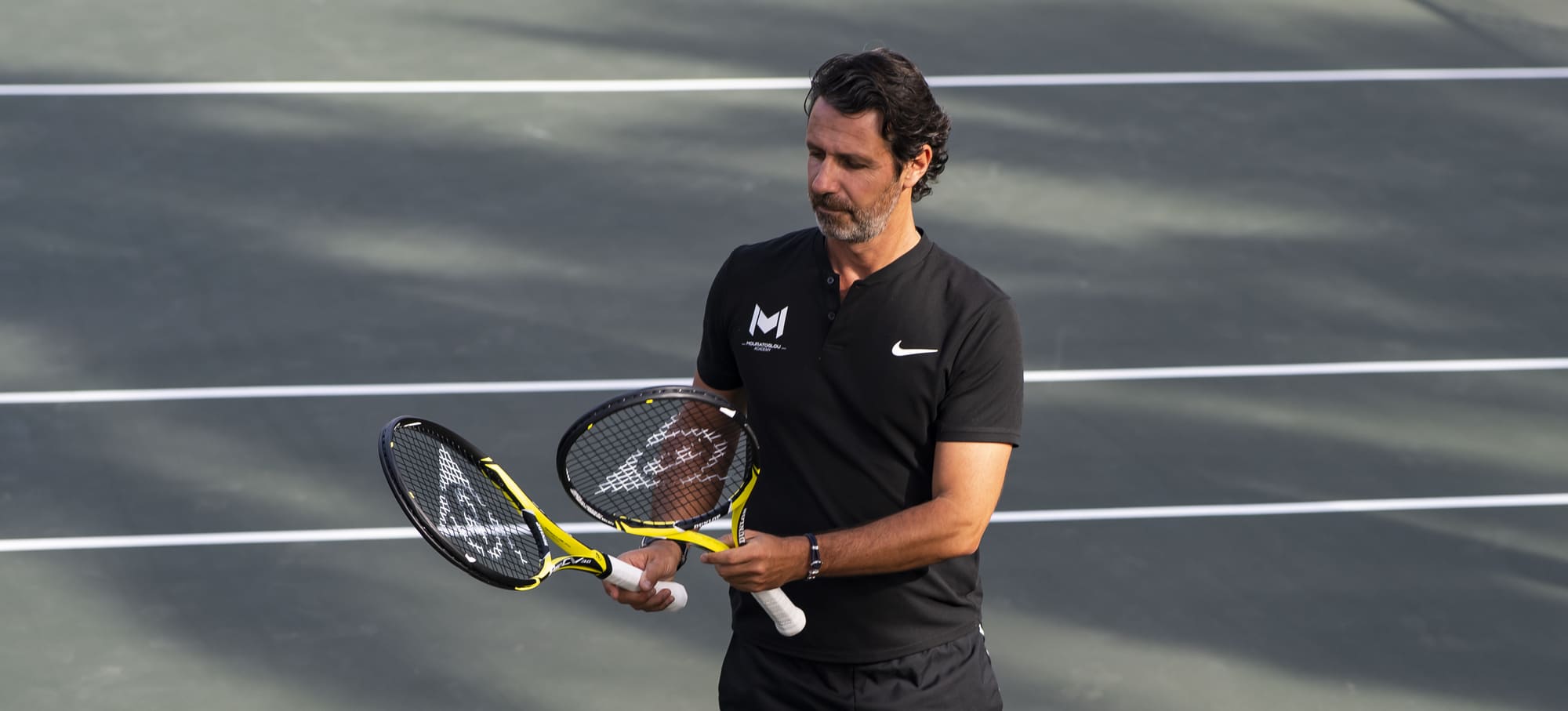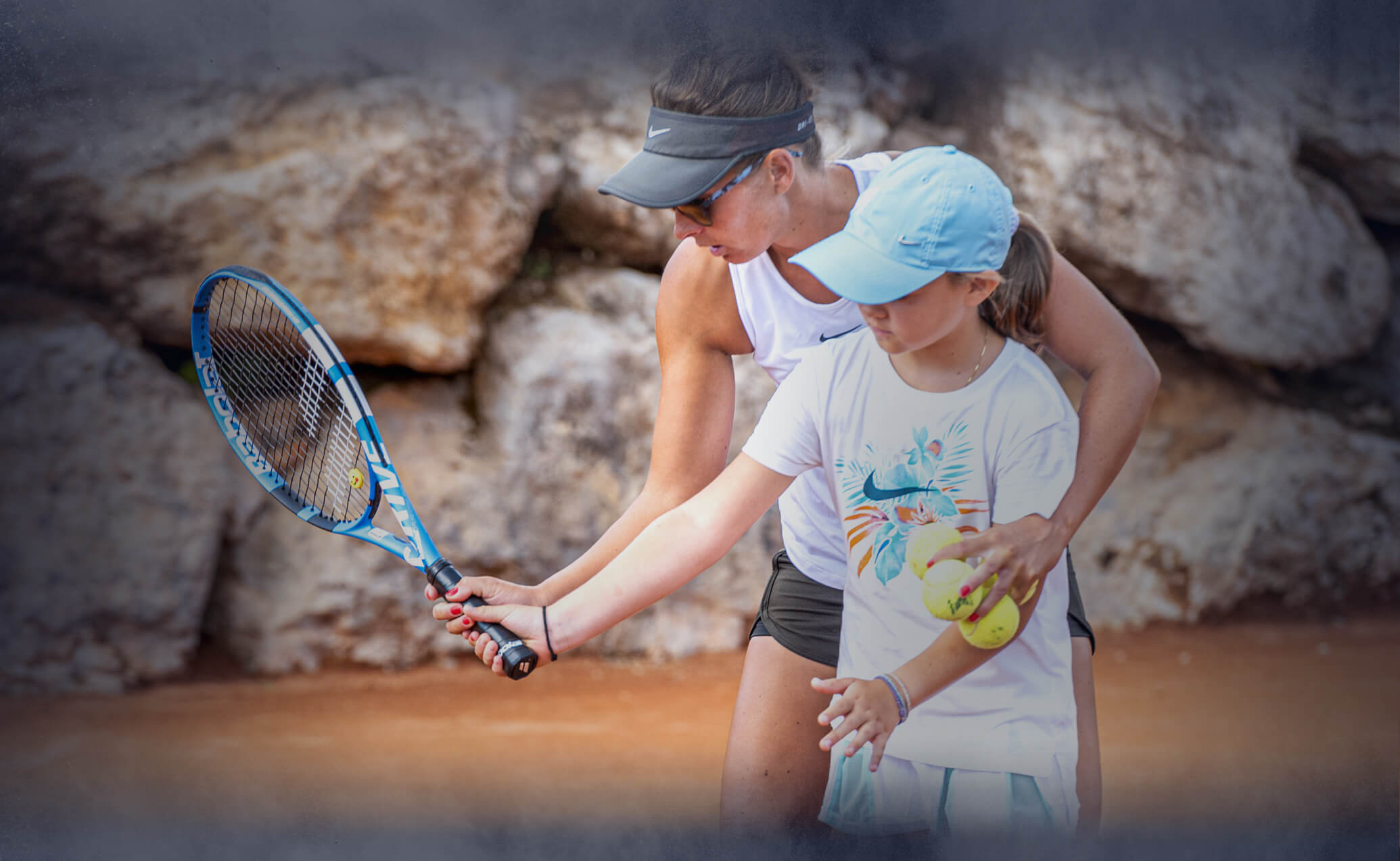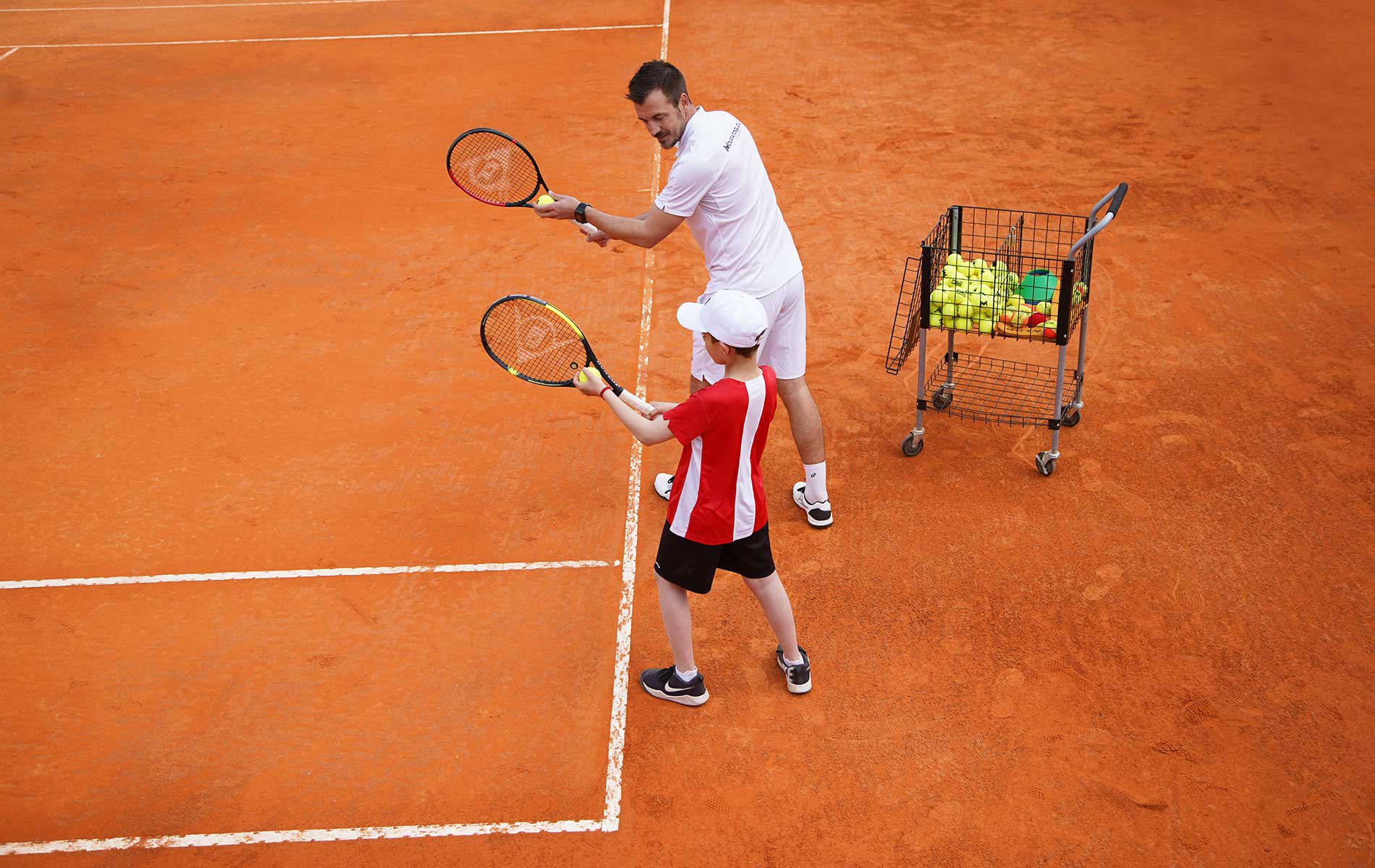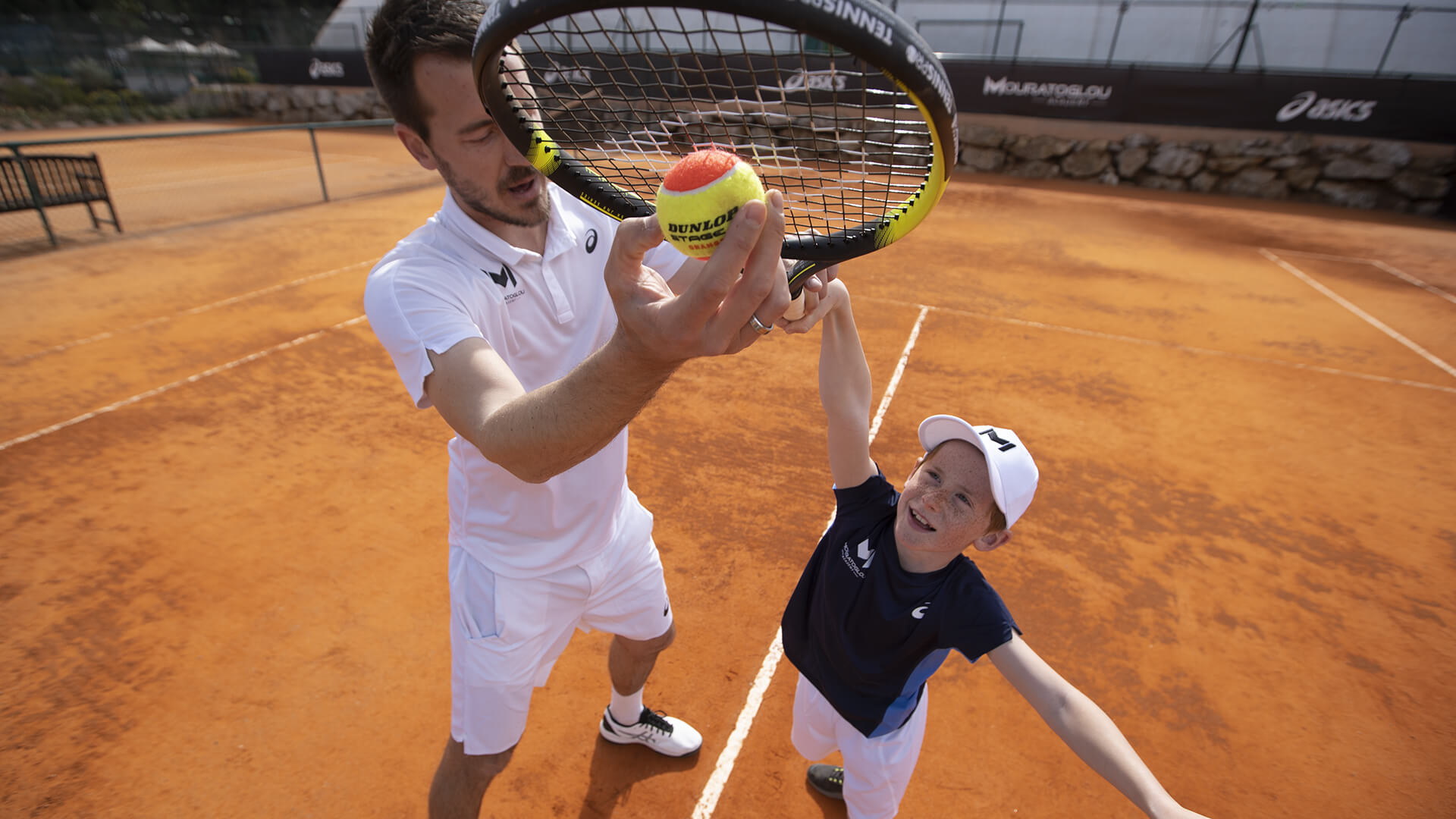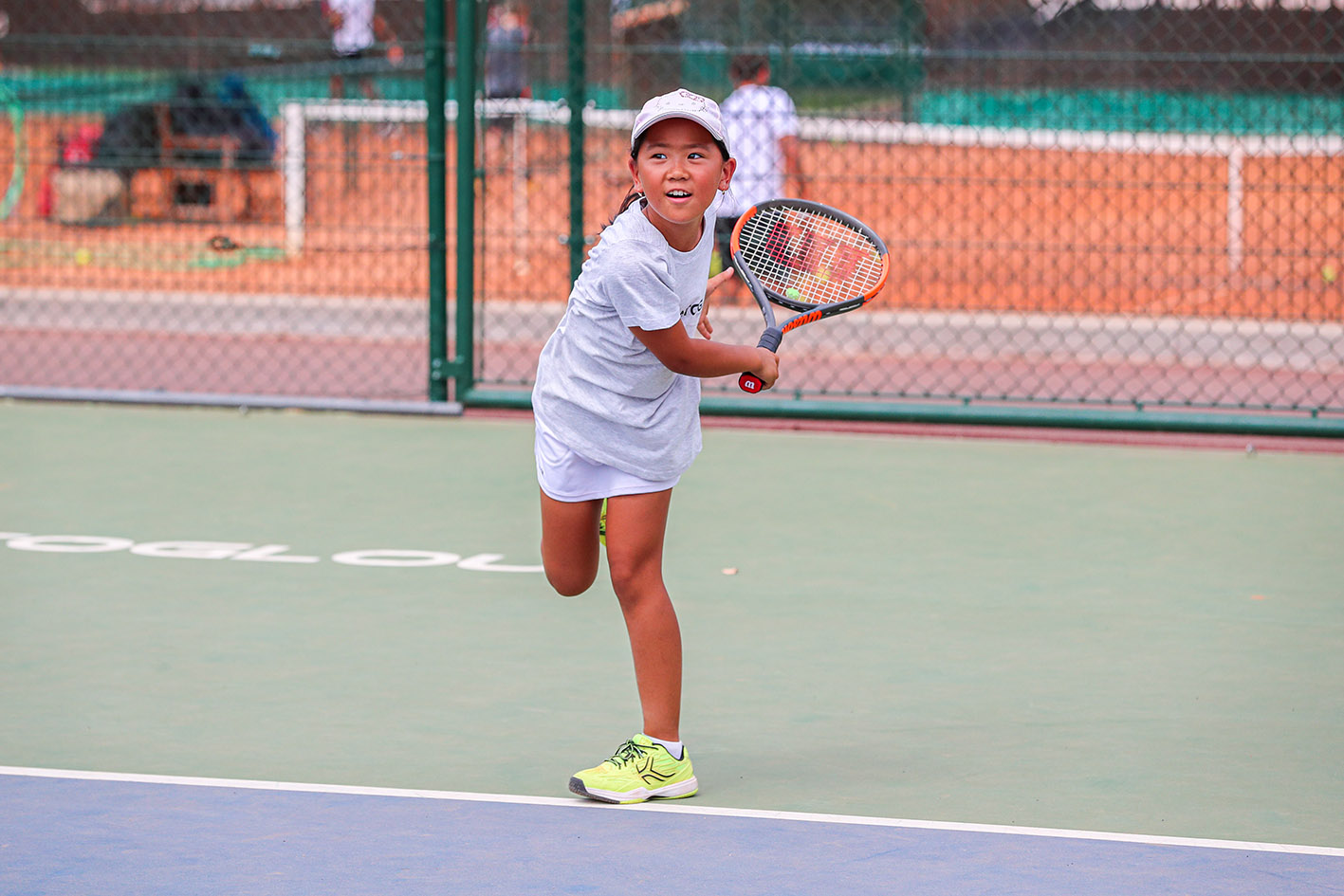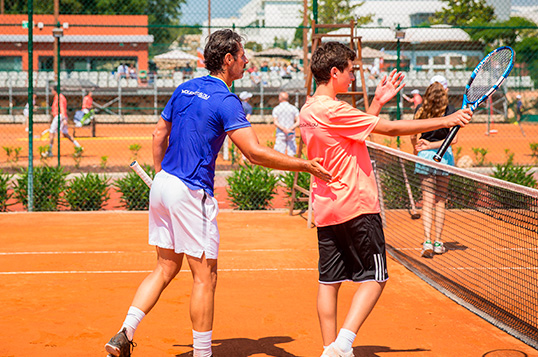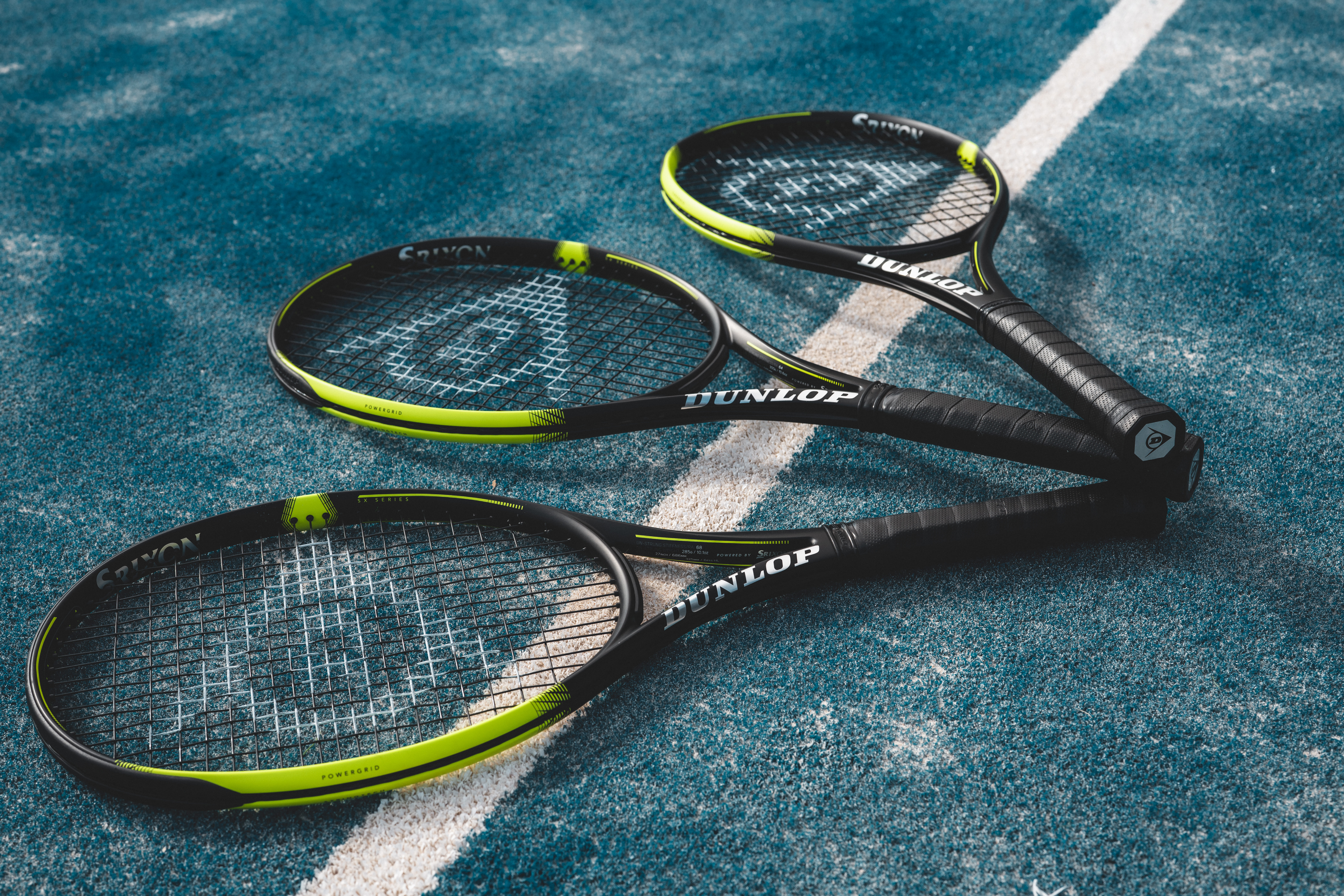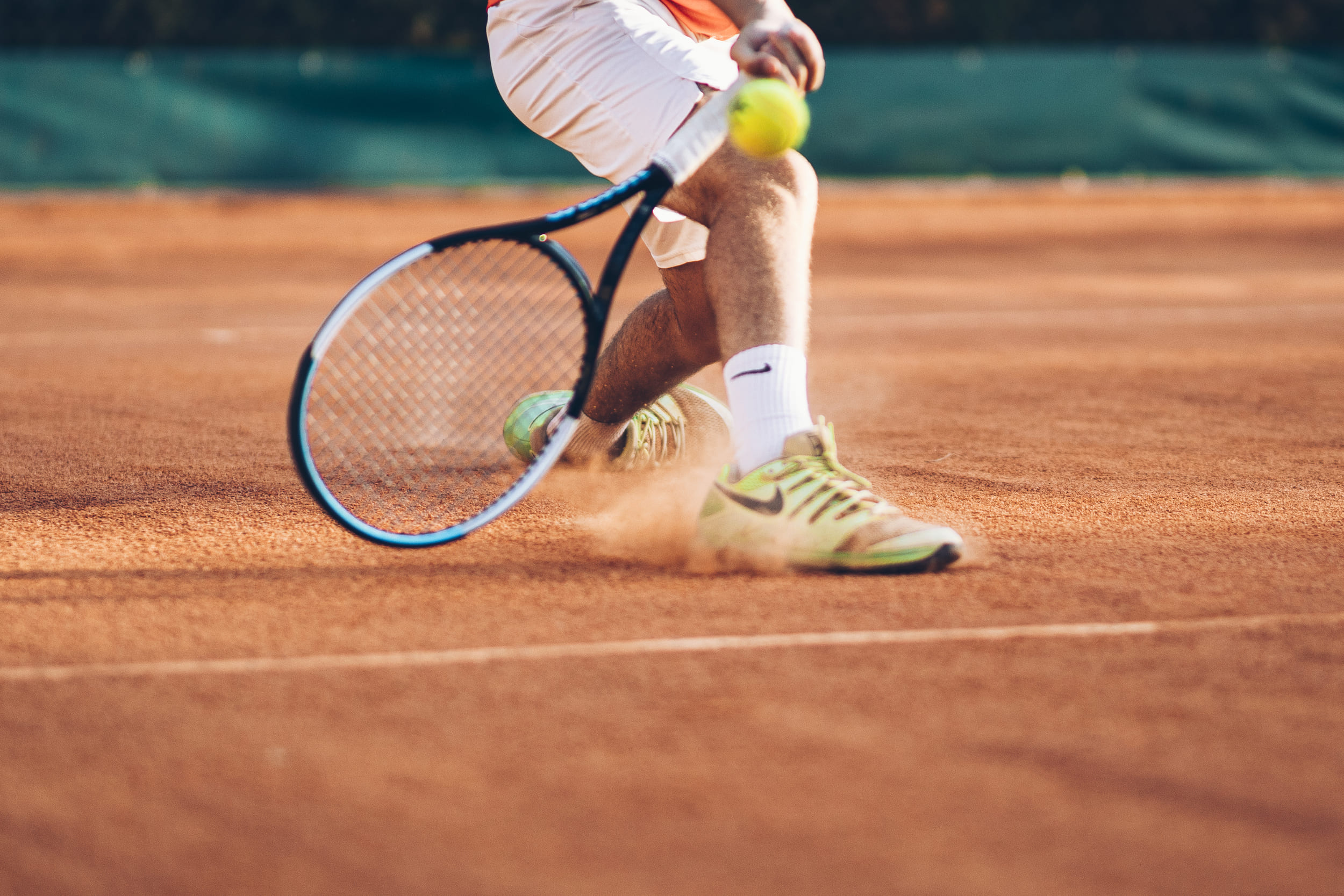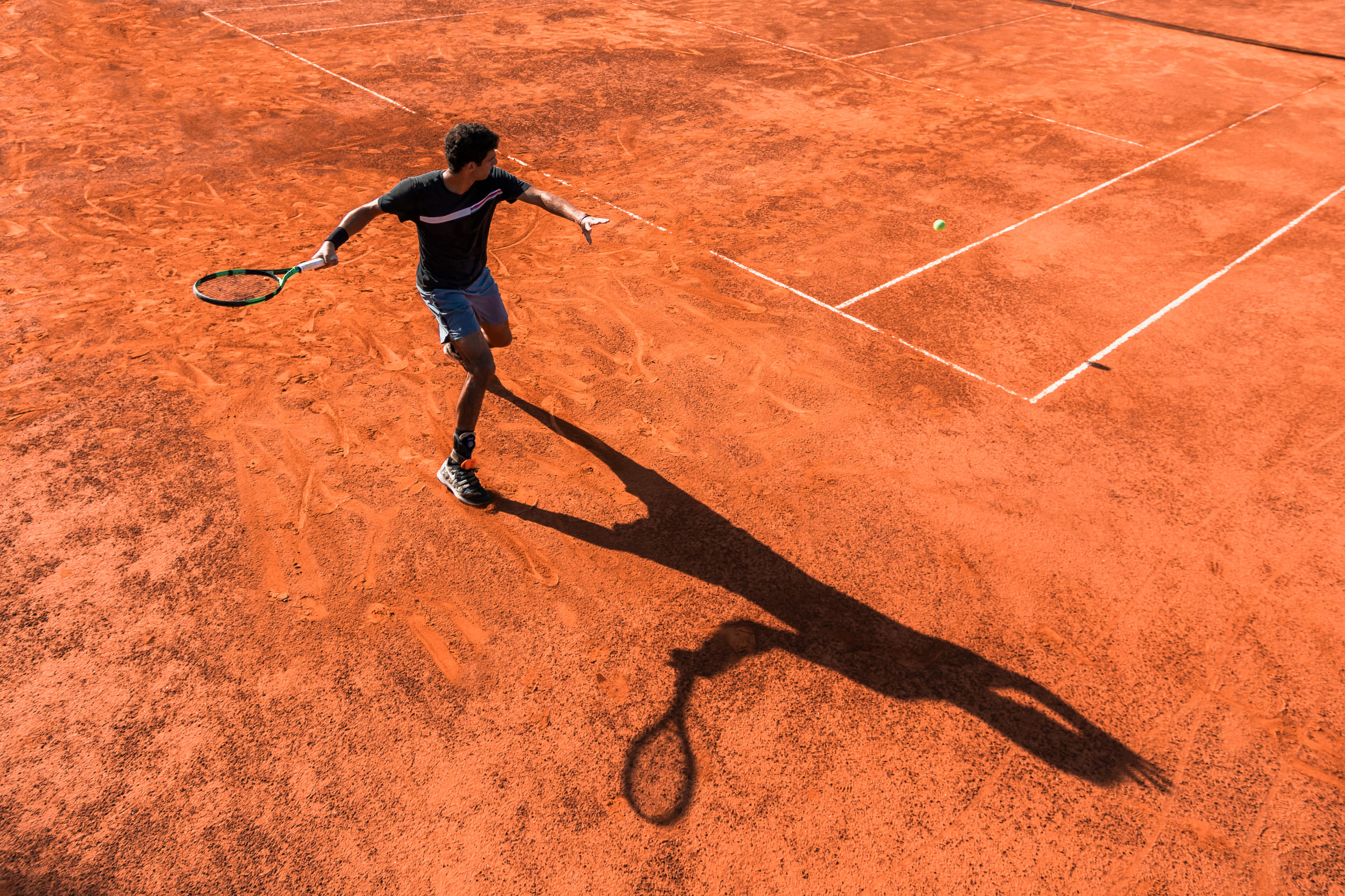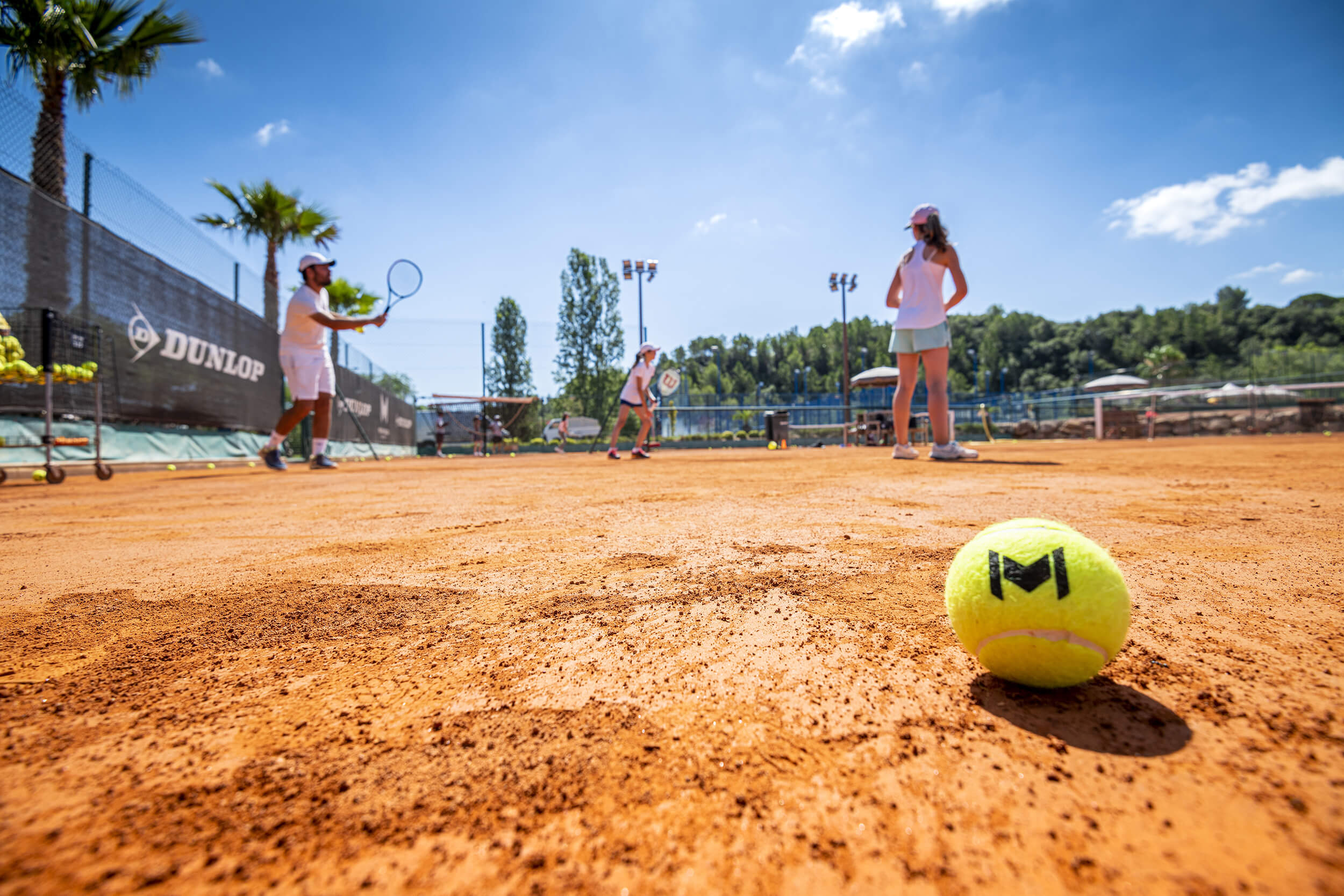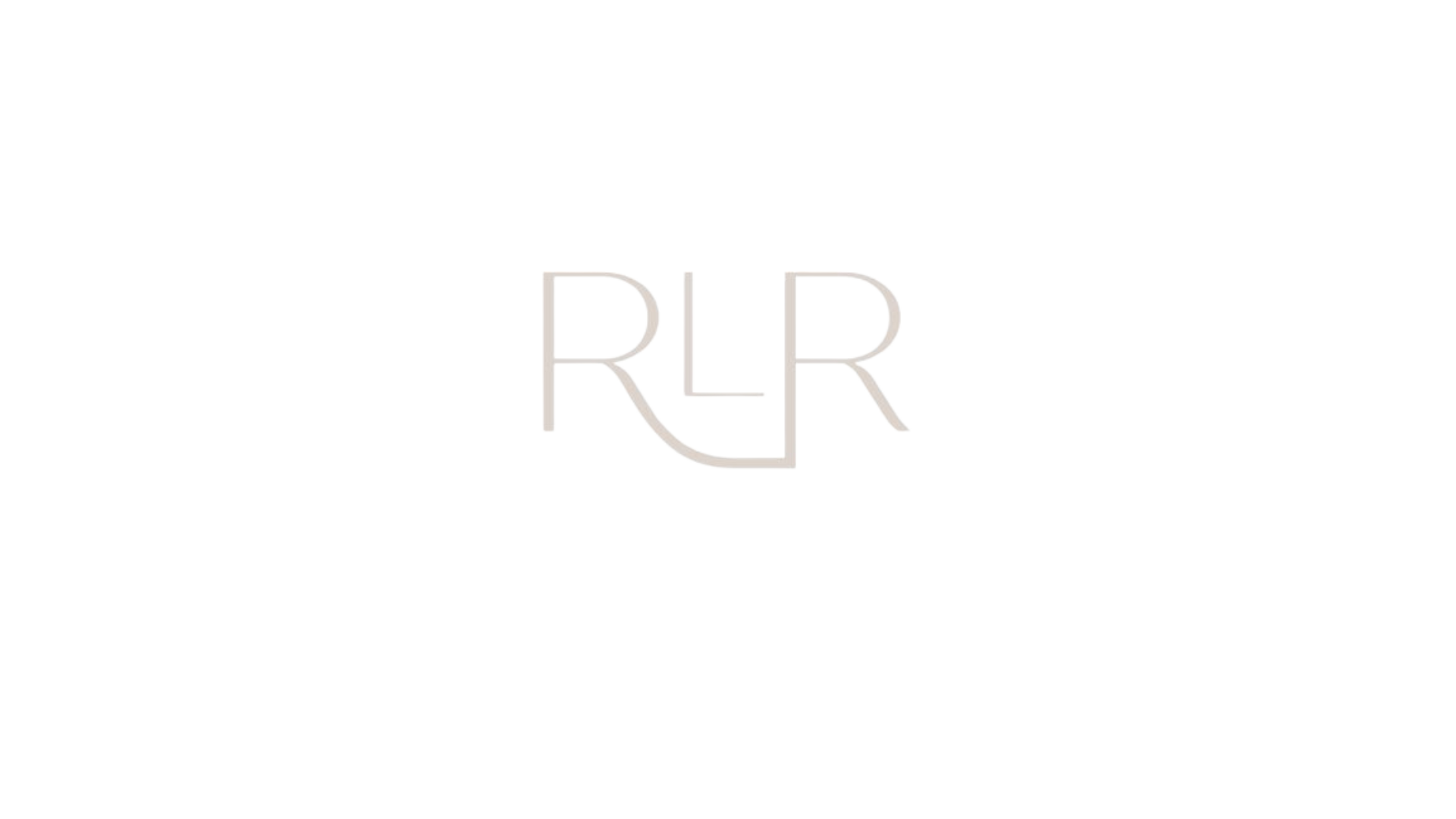How to pick the right tennis racket for kids
The choice of a racket for a child is very important. In fact, an inadequate racket could have bad consequences, slow down his progress and even lead to injuries. There is a wide range of tennis rackets for children depending on their age, their morphology and level. This choice has to be done carefully and taking into account the different elements mentioned below.
The size
The size is the most important factor when choosing a racket. A racket for an adult is not convenient for a child, especially if he is a beginner. A racket that is too small will be easy to wield but it can deprive him of power. On the other hand, a racket that is too big could lead to technical and even physical problems. The way to know the right size for the child is to have him stand up still with the racket in his hand and his arm along the body, If the racket doesn’t touch the ground then the racket is too small. On the other hand, if it touches the ground too much, then it is too big. The sizes of the rackets are expressed in inches.
The material
Rackets are made of different materials. The smallest, 17 to 19 inches, are made of aluminium which makes them solid and resistant to shocks. From 21 inches, it is possible to find rackets made of aluminium and graphite, these kinds of rackets are more powerful. However, graphite is more fragile than aluminium so those rackets will break easier in case of shock. From 25 inches, or a racket for a 9 year old, it can be completely made out of graphite. They are designed for children who are beginning to play well and who want to enter the world of competition. They are real scale models of rackets for adults. The price is of course higher but their performance is much better.
The weight
The question of a racket’s overall weight when choosing a tennis racket for a child is not really an issue. The weight of the different sizes of rackets is almost the same with variations of 5 grams. Therefore the weight is not really taken into account when choosing a racket for a child. However, if the young player has a good level, he can start using models for adults from the age of 12. In that case, it is important to choose a lightweight racket in order to avoid injuries. A light racket for adults weighs between 230 and 260 grams. Notice that it is not necessary to change the racket when your child needs a heavier racket. There are strips of lead tape that can be glued to the racket in order to make it some grams heavier and this will allow you to modify the balance of the racket as well.
The grip
The grip size is the perimeter of the racket’s handle in other words how thick the handle is. There are several grip sizes to suit all the different hand sizes. Grip sizes in Europe, range from 0 for the smallest to 5 for adults. Some models for young players can even be found in double or triple zero sizes. The sizes are marked on the rackets but sometimes expressed in American inches. American sizes are expressed in inches and fractions, which are more difficult to read than European sizes. An European size 2 corresponds to an American grip size of “4 ¼” . Finding the right grip size for your child is important.
In order to choose the right grip size, have your child hold the racket in their hand. There must be enough room between his middle finger and the palm of his hand to squeeze a finger in. If there is not enough room then the racket’s grip is too small If the space is wider than the width of a finder then the racket’s grip is too large and could lead to muscular fatigue in the forearm. If you are hesitating or stuck between two different grip sizes, choose the smallest grip, you could always add an overgrip to the handle later to make it slightly larger.
The head size
The head is the hitting surface of the racket; its size is expressed in cm². Some manufacturers offer different head sizes for the same model. Racket’s head sizes typically range from 610 cm² to 690 cm². Almost all 21 inches rackets have a head size of 610 cm². The models that are 23 inches have a head size that range from 610 to 630 cm². For the 25 inches models, there are several choices available going from 645 to 690 cm². A large head size offers a larger hitting surface, which provides more power but less control. On the other hand, a racket with a small head provides more control but it reduces the hitting power.
The balance
The balance is the distance between the base of the racket’s handle and its balance point. It is expressed in centimeters. An evenly balanced racket will have a balance point at around 32 cm. These kinds of racquets provide power and maneuverability. Head heavy rackets have a balance above 32.5 cm. They provide greater push but less control and they are less maneuverable. Head light rackets or with a balance below 32cm are easy to handle and offer greater control but less power. They are recommended for players with elbow problems because they cause less pain.
Choosing a tennis racket is not easy. There are a lot of factors that should be taken into account in order to make the right choice. Some of the most important criteria that should be respected are the size and the level of the child. The ideal is to be able to try out several rackets to be able to compare the different sensations and to consult with a tennis specialist who will guide you to make the best choice. Your budget is another factor that should also be taken into account. For example, the price of a 26 inches racket, can range from 30 euros to more than 100 euros for a graphite model.





